I was ordained a priest fifty years ago in July of 1974 and celebrated my First Mass in the parish church in which I was baptized and confirmed. At that time, St. Casimir was one of six Roman Catholic Churches in my part of the city. Today, only one of the six churches remains open. Why have these and so many churches in dioceses throughout the United States closed?
Even though some 30 million Americans who were baptized in the Catholic Church today no longer self-identify as “Catholic,” the main reason for the church closures is the shortage of priests, or more specifically, heterosexually oriented Catholic priests. Far more parishes would be closed today if it were not for foreign-born priests who, in many dioceses, make up half the presbyterate.
My first parish assignment was with a pastor, who like myself, was heterosexually oriented. While straight priests will often share stories of girls they knew or dated before they were ordained, gay priests have no such stories to share. Occasionally, a gay priest or seminarian will fabricate a past girlfriend to mislead people into thinking that he is straight.
Two other young priests with whom I served in that parish both developed homosexual orientations during their period of psychosexual development when they were groomed by gay faculty members in high school seminaries. Both of these closeted gay associates were later removed from ministry after being accused of grooming and abusing teenage boys who were around the same age as they were when they had their first gay sexual experience.
One of the closeted gay priests with whom I served befriended a college student whom he recommended study for the priesthood. At the time, I didn’t know that my fellow associate or his college friend were homosexuals and had been preying on altar boys in our parish. Even when the other associate’s friend was expelled from the seminary for abusing boys at a parish where he taught religious education, I failed to recognize that the associate with whom I lived was also a homosexual predator.
What is important to note is that straight priests inspire straight young men to become priests, while gay priests often recruit other homosexuals to study for the priesthood. As I documented in, “Addressing the Present Day Culture of Sexual Predation and Cover-Ups in U.S. Seminaries,” the vast majority of seminarians in U.S. seminaries today fall into that latter group.
Until recently, there were just two seminarians in formation for our diocese who were both sent to St. Mary Seminary in Baltimore which an alumnus referred to as “The Pink Palace.” Like Karl Discher and other former straight seminarians who attended St. Mary Seminary, both of these seminarians dropped out within the past year and have left our diocese with no men studying for the priesthood.
While there were three priests in the parish to which I was assigned fifty years ago, today there is only one priest who came from another diocese and who is thought by many parishioners to be homosexually oriented. Just because he may be a homosexual does not mean that he is a sexual predator like the two associates with whom I initially served. However, what most parishioners fail to understand is that just as straight men do not go to gay bars, straight men also do not want to join a profession whose sexual orientation has become distinctly gay over the past fifty years. Further, heterosexuals sacrifice far more than homosexuals in becoming celibate priests. While straight seminarians are asked to forgo having a wife and children, gay seminarians are asked to give up a lifestyle and behavior that for centuries has been deemed “objectively disordered.”
When Bishop Joseph Strickland raised the issue of clerical sexual predation and homosexual misconduct at the November 2018 USCCB Meeting, he may not have realized that the vast majority of the assembled bishops were themselves homosexuals. Like many straight priests and seminarians who were dismissed for addressing clerical homosexual behavior in their dioceses or seminaries, Strickland was also removed from office unlike prelates like San Diego Cardinal Robert McElroy and Omaha Archbishop George Lucas who were promoted after being accused of engaging in homosexual behavior or covering up sexual abuse. Catholics who fail to recognize that Pope Francis and the vast majority of bishops and priests outside of Africa and Asia are homosexually oriented are either naive or in denial like a wife who does not want to admit that her husband has been cheating on her with other women.
Just as most Catholic laity were unaware of ex-Cardinal Theodore McCarrick’s sexual proclivities and what went on at his New Jersey beach house, I don’t expect them to know today which bishops and priests are gay and which ones are straight. Even when McCarrick sexually assaulted former seminarian, Wieslaw Walawender, on May 6, 1994, Court documents show that Walawender had no idea that “Mike” and “Barry” to whom he was introduced that evening were then-Monsignors Michael Bransfield and Barry Knestout. Neither of these future bishops reported the criminal sexual assault that led Walawender to flee the beach house that evening after he refused to engage in behavior he found both unnatural and immoral.
Catholic clergy kept quiet for decades about what they knew and heard about McCarrick. So too do predominantly gay clergy today not want to admit to what they know about Pope Francis’ homosexual orientation and allegations of past homosexual behavior. If Pope Francis is innocent of the abuse allegations brought forward by Archbishop Carlo Maria Viganò, then why did he not deny them like any innocent person who is falsely accused would do? If Francis truly had sex with Jesuit novices in Cordoba and elsewhere in Argentina, then it might help to explain why he has covered up for friends like Bishop Gustavo Zanchetta, Monsignor Battista Ricca, and Father Julio César Grassi, and why he has failed to laicize or excommunicate some 150 bishops credibly accused of abusing minors or vulnerable adults.
Bishops and priests know who is gay and who is straight not based on having seen them engaged in sex, but by their associations. Just as gay men use Apps like Grindr to hook up with other gay men, so too do gay bishops and priests generally socialize and vacation with other gay clerics.
Even if the allegations about Francis abusing seminarians are not true despite his refusal to deny them, there still remains the problem of how his sexual orientation has affected his theological and papal pronouncements. Did the practice of blessing homosexuals originate with members of the LGBTQ community, or was it conceived by Pope Francis and accused homosexual Cardinal Victor Manuel Fernández as a step in the process of attempting to change Catholic theology regarding the immoral nature of homosexual acts? What would one think of a heterosexually oriented pope who may have been sexually active in his younger years as a priest and who wanted to change the Church’s teaching on adultery? Why is it that I do not know one bishop or priest who thinks that Pope Francis and cardinals like Fernandez, Cupich, Tobin, or McElroy are heterosexuals?
As long as the pope and most members of the hierarchy are homosexuals, Catholic parents should not expect their children to be taught the theological, psychological, medical, and other reasons why the Catholic Church for over 2,000 years, along with Orthodoxy, Islam, and Orthodox Judaism, have all viewed homosexual behavior as a moral violation of the natural law. Because gays and lesbians strongly believe that ”LGBT rights and abortion rights are inseparable,” might this explain why homosexual Church leaders, unlike most heterosexual clergy, often have no problem in giving holy communion to so-called “Catholic” politicians who support abortion? Again, it is not just about a bishop’s or priest’s homosexual orientation, but how that orientation often impacts his moral beliefs, teachings, behavior, and ministry.
As long as Catholic laity and the media refuse to admit that the pope, along with most cardinals, bishops, priests, and seminarians in the West are closeted homosexuals, and as long as they fail to recognize how their presence has had a very negative impact on the recruitment and retention of heterosexuals and the publication of documents like Fiducia Supplicans, one should expect the number of straight priests to decrease which will only lead to more churches being converted into mosques, restaurants, and bars.
Gene Thomas Gomulka is a sexual abuse victims’ advocate, investigative reporter, and screenwriter. A former Navy (O6) Captain/Chaplain, seminary instructor, and diocesan respect life director, Gomulka was ordained a priest for the Altoona-Johnstown diocese and later made a Prelate of Honor (Monsignor) by St. John Paul II.






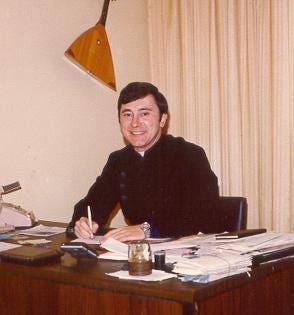
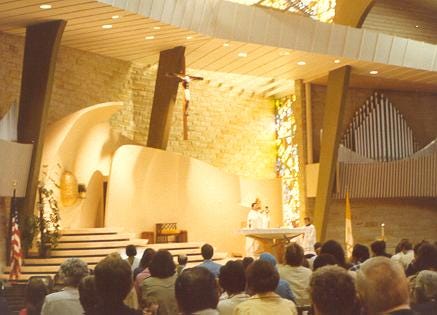

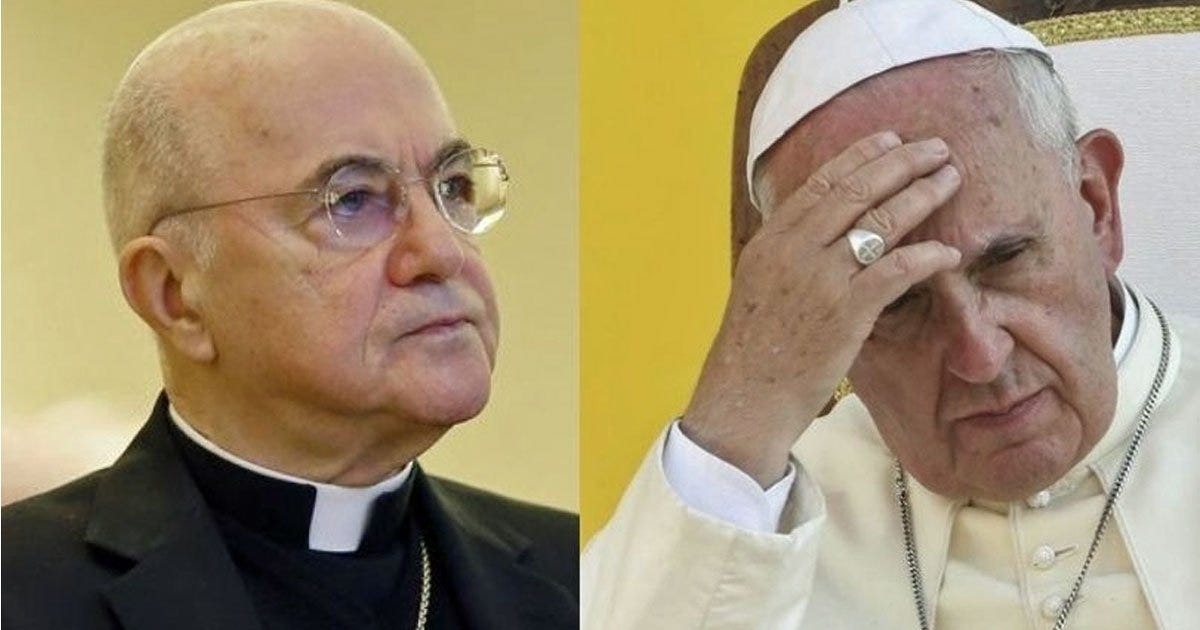
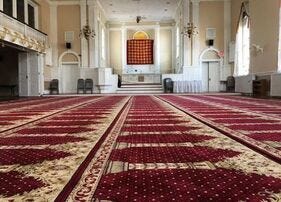

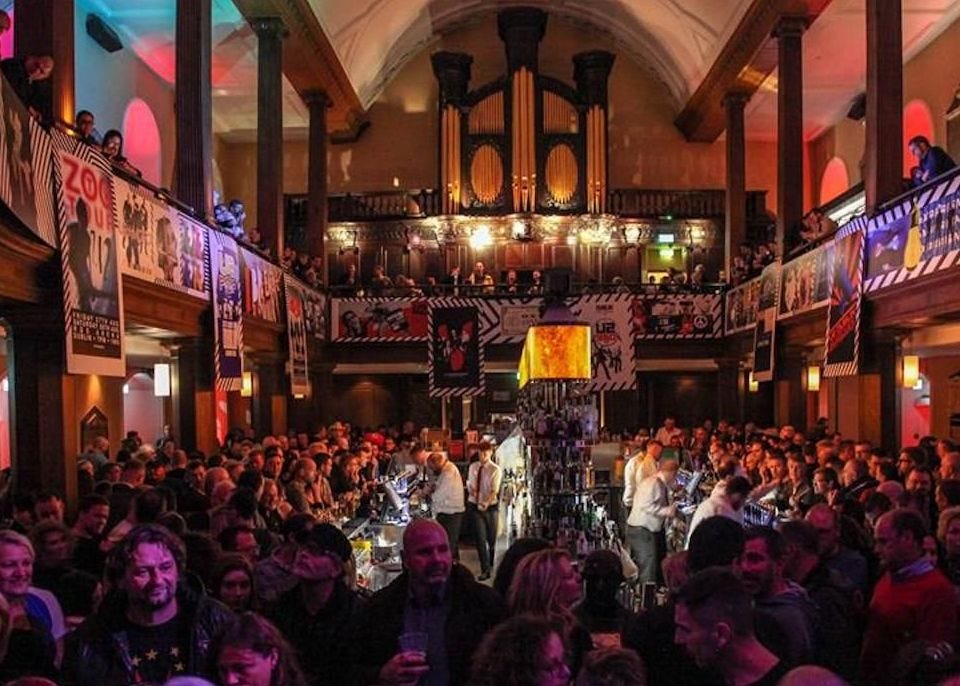
Thank you, Fr, for such an illuminating and revealing piece. First, given the support for homosexual proclivities in the western Church, how do you explain McCarrick’s laicization by Pope Francis? Also, given the legalization of gay marriage in 2015 and mainstream society’s acceptance of the LGBTQ lifestyle, there is less reason to remain closeted, so hasn’t this resulted in a more conservative, heterosexual seminarian population in recent years?
Gene provides a glimpse of freshness to the Gospel. If you or someone you know ever experienced sexual abuse by clergy contact Gene. He will bring Hope and hopefully healing to too many already broken lives or wounded hearts.